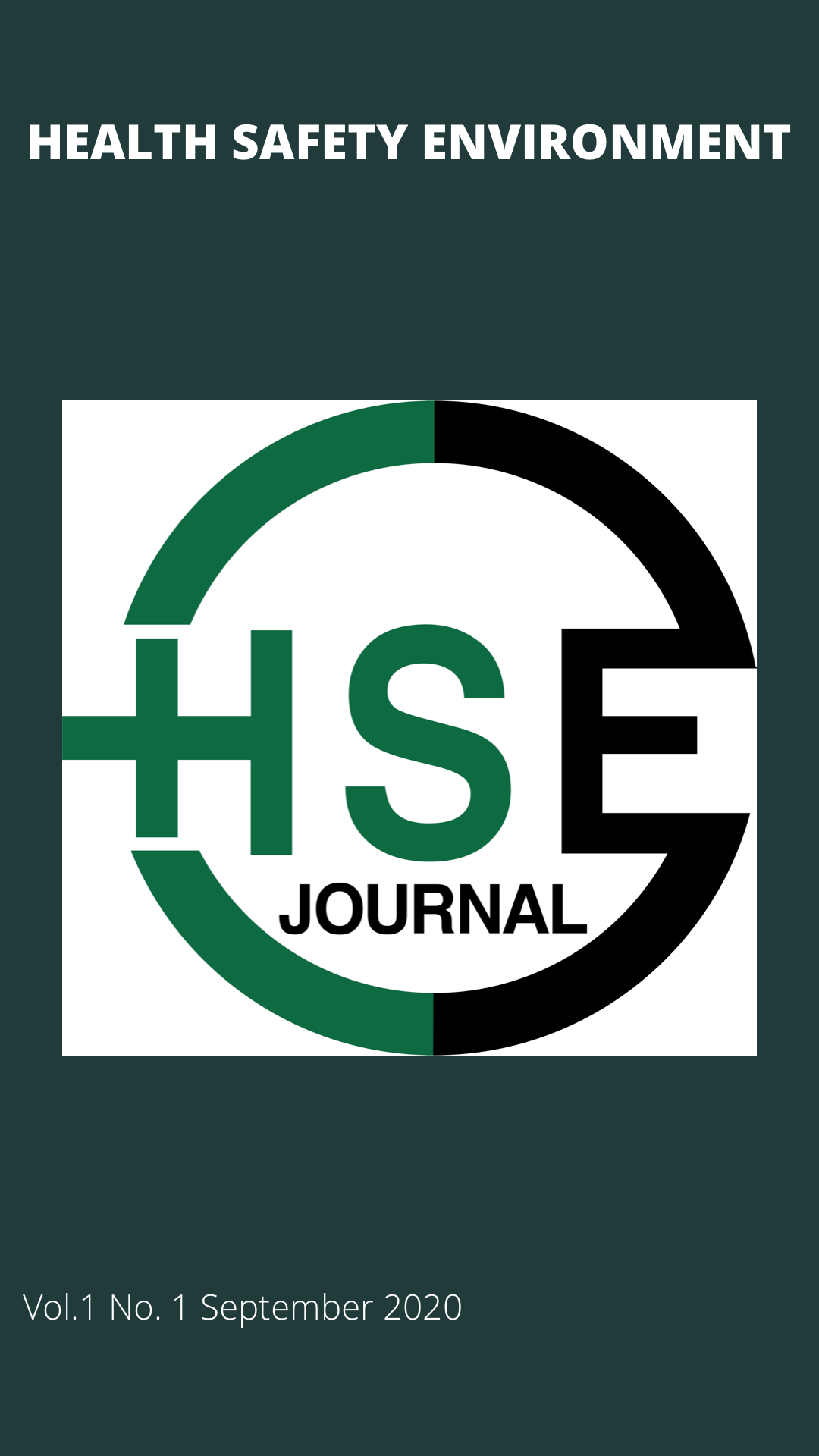RELATIONSHIP OF INDIVIDUAL CHARACTERISTICS, WORK EXPENSES AND BREAK TIMES WITH FATIGUE AT FATMAWATI CITY CENTER APARTMENT PROJECTS, 2020
Abstrak
Background: Work fatigue is a state of decreased health status, loss of efficiency, and decreased workforce capacity to do a job. Based on data obtained by the European Agency for Safety and Health (EA-OSHA) in 2003-2005 states in the construction sector the fatigue factor is 1.1%. Fatigue in construction workers is caused by work factors (workload, rest periods, length of work, work shifts and duration of work), individual factors (age, sex, sleep quality, nutritional status), and environmental factors (lighting, noise and work climate). The purpose of this study was to analyze the relationship between individual characteristics, workload, and rest time with fatigue in workers at the Jakarta Fatmawati City Center construction project. Methods: This research is a quantitative analytic study with cross-sectional study design. The sampling technique uses purposive random sampling with a sample of 88 workers. The variables studied were individual characteristics (age and quality of sleep), workload, rest periods, length of work, and fatigue using a questionnaire measuring the feeling of work fatigue (KAUPK2), Pittsburgh Sleep Quality Index (PSQI) and pulse oximeter. Data analysis using the Chi-Square test. Results: The results of the bivariate analysis showed that there was a relationship between age (p = 0.001), sleep quality (p = 0.001), workload (p = 0.001) and length of work (p = 0.002) with fatigue, while variables not related to fatigue were rest periods (p = 0.542). Conclutions: There is relationship between age, sleep quality, workload and length of work with fatigue
Keywords: Fatigue, Workload, Rest Time




